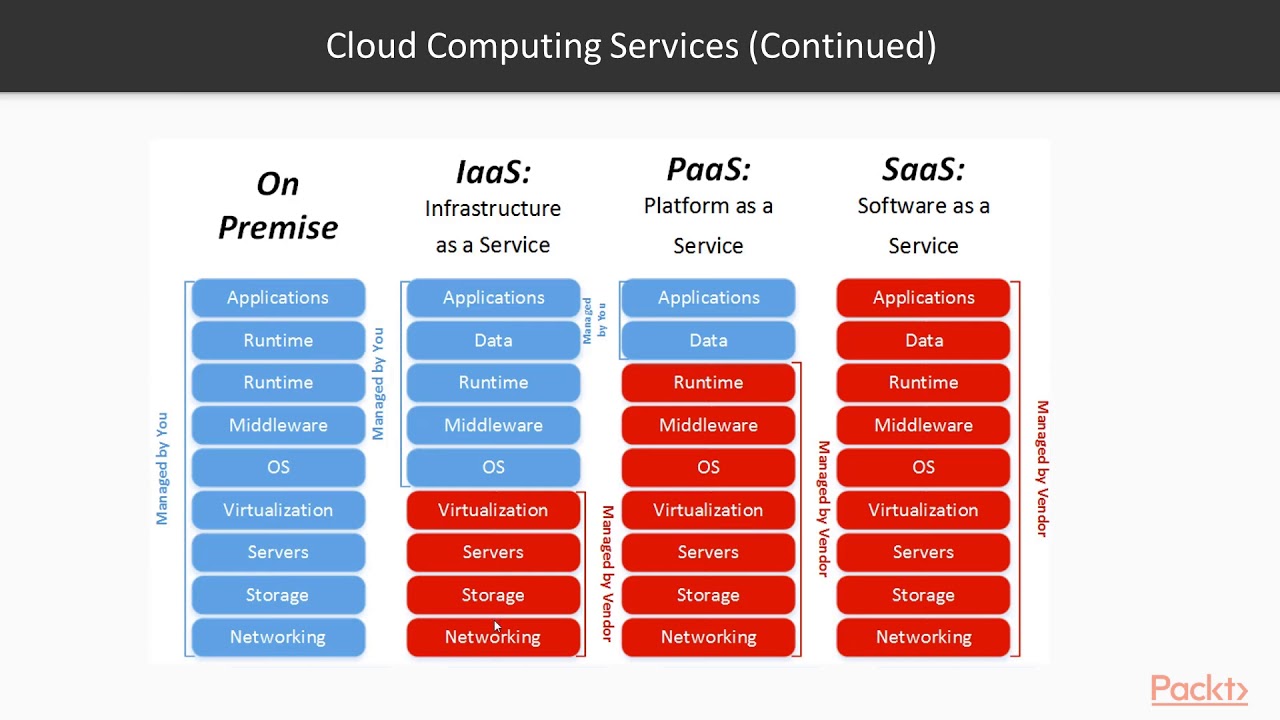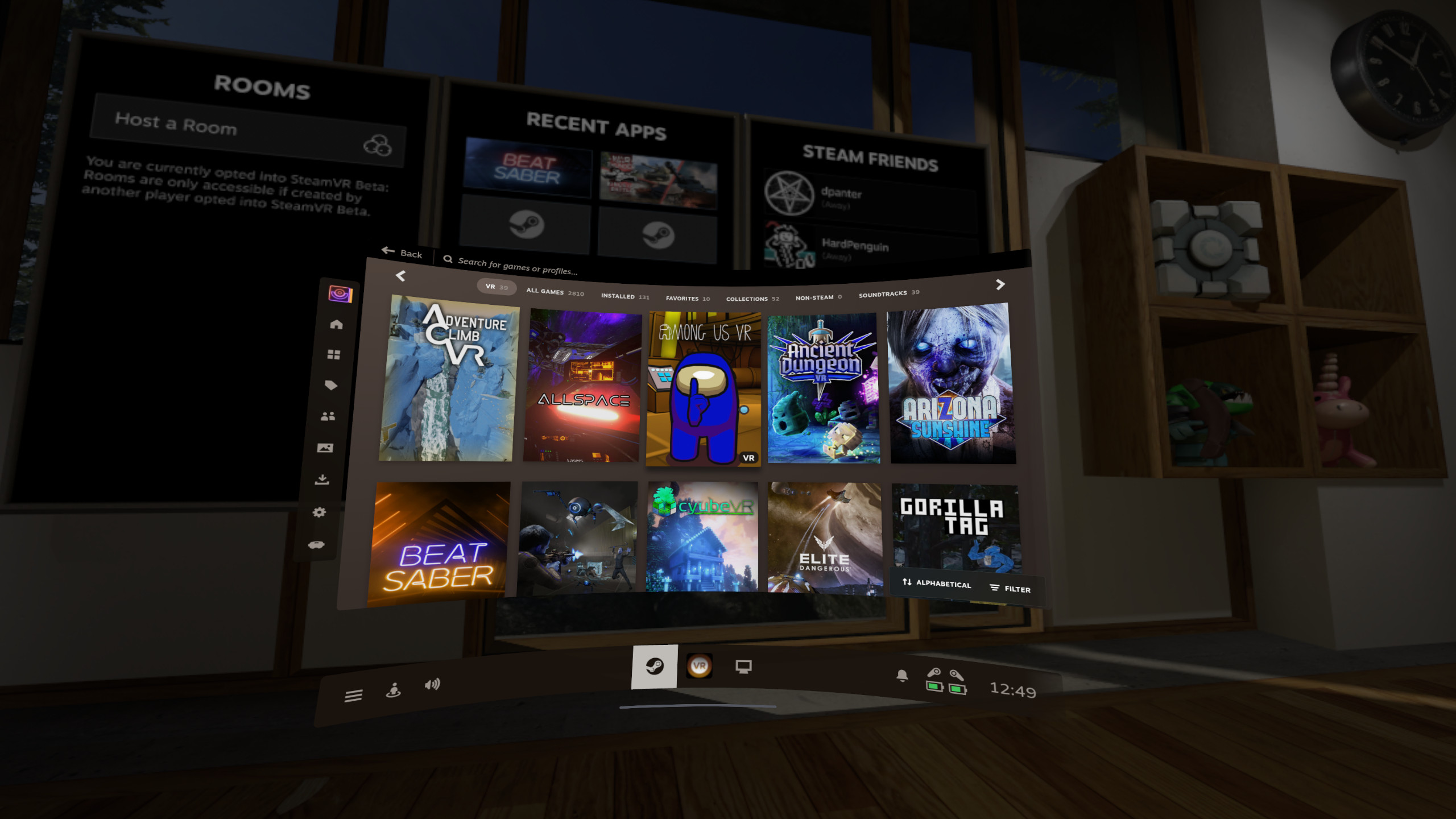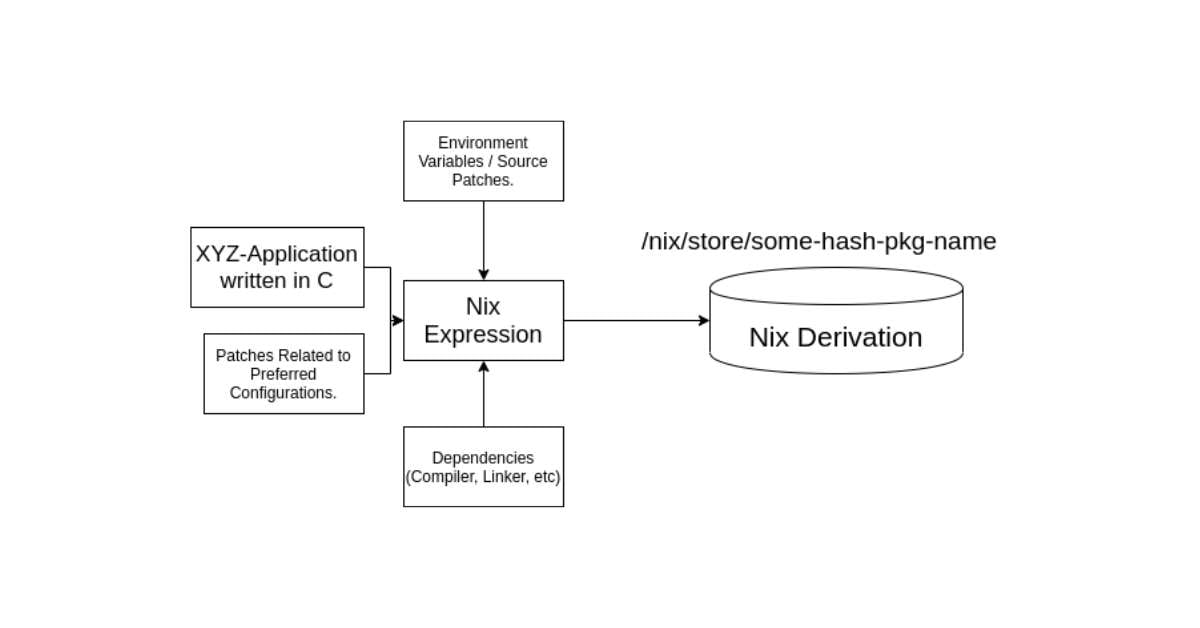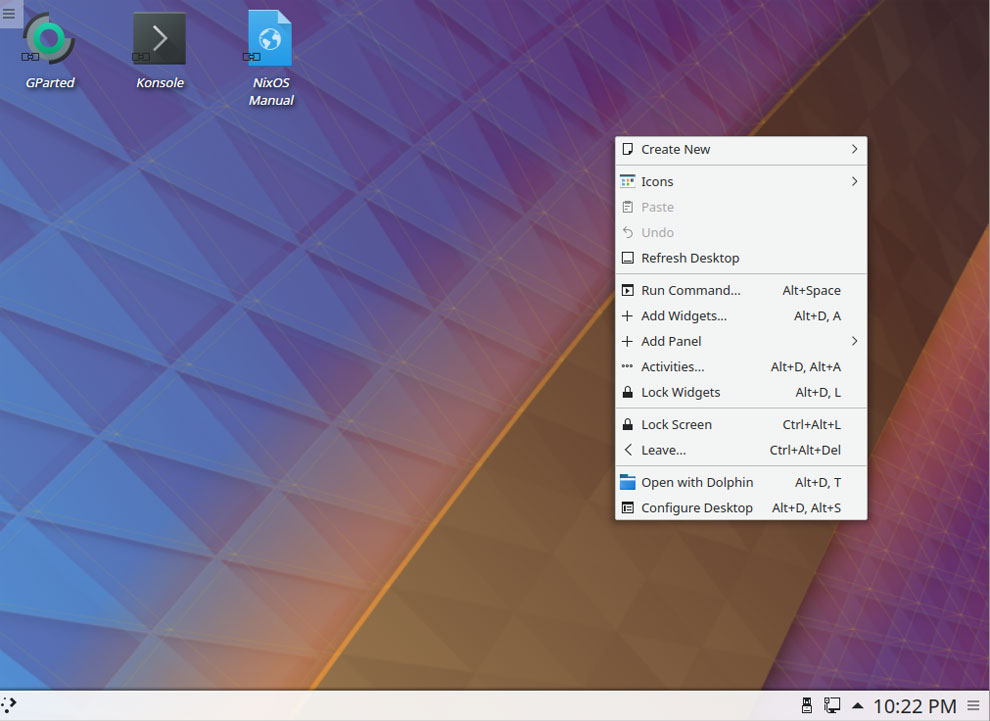The Evolution of Unix Desktops: A Journey Before Linux
In the realm of operating systems, the spotlight often shines on the likes of Windows, macOS, and Linux. However, a lesser-known but crucial chapter in the history of desktop computing lies in the Unix desktops that paved the way for these modern giants. Let’s delve into the fascinating evolution of Unix desktops before the rise of Linux.
Unix, with its robust architecture and powerful capabilities, was not confined to servers and mainframes. Back in 1993, Unix desktops were making waves in the tech world. A PC Magazine feature review explored various Unix distros from companies like Consensys, Dell, SCO, Sun, and NeXT. These desktop environments, although largely forgotten today, played a significant role in shaping the landscape of end-user computing.
While Linux was on the horizon, the Unix desktop arena was bustling with diversity. Each Unix platform brought its unique flavor to the table, offering users a glimpse of the possibilities beyond the Windows-dominated ecosystem. However, as time marched on, many of these Unix desktops faded into obscurity, with only a few enduring the test of time.
One standout survivor from the Unix desktop era is macOS X, the modern iteration of NeXT’s innovative NeXTSTEP operating system. Powered by a blend of Mach microkernel, BSD Unix, and Darwin open source components, macOS X emerged as a frontrunner in the Unix lineage, boasting a substantial presence in today’s desktop landscape.
The Unix desktop saga was not without its challenges. In the early ’90s, Unix faced stiff competition from the emerging Windows platforms, particularly Windows 3.1 and NT 3.1. Microsoft’s strategic maneuvers to align hardware and software vendors with Windows dealt a blow to Unix’s prospects on the desktop front.
The Unix community, embroiled in internal conflicts and standards wars, struggled to present a unified front against the Windows onslaught. The lack of cohesive software standards hindered the growth of Unix desktops, leading to fragmentation and developer apathy towards the platform.
Fast forward to the present, and Linux stands tall as a testament to the power of open source and community collaboration. With Linus Torvalds at the helm, Linux avoided the pitfalls that befell its Unix predecessors. Torvalds’ leadership, coupled with a commitment to open standards and consensus-building, propelled Linux to the forefront of end-user computing.
Linux’s success story underscores the importance of open source principles and cooperative development models. By embracing the GNU GPL and fostering a culture of shared innovation, Linux outpaced its BSD counterparts and solidified its position as a leading desktop operating system.
Looking ahead, the legacy of Unix desktops serves as a reminder of the tumultuous yet transformative journey that led to the rise of Linux. While the fabled ‘Year of the Linux Desktop’ may remain elusive, Linux’s impact on the tech landscape is undeniable, thanks to its roots in Unix heritage.
Will Flatpak and Snap replace desktop Linux native apps?
The rise and fall of the standard user interface
Your pacemaker should be running open source software
Bricking it: Do you actually own anything digital?


 Photo by
Photo by 












